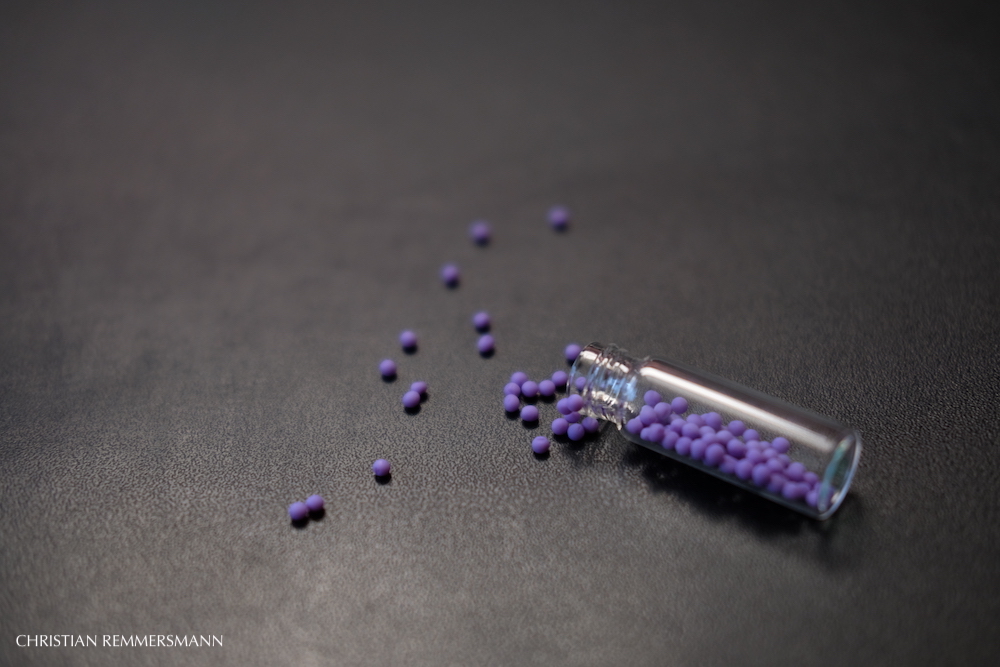The objective of WG3 is the study in fundamental and applied research to impart aerogels application-specific properties such as hydrophilicity, lipophilicity, ultra-low density, flame retardation, tailored porosity, nanomorphology or surface chemistry to fit the specific needs in biomedical and environmental applications

Specific Tasks of the WG3 are:
- Fundamental research on biopolymer self-assembling in solution state, coagulation after anti-solvent addition and gel formation. Novel surface modification techniques imparting aerogels specific sorption (oil, heavy metals, organic pollutants) and/or capabilities for catalysis/electrochemical applications
- Development and tailoring of aerogel in the form of particles, beads and scaffolds for biomedical (drug delivery systems, medical devices in wound healing, scaffolds for regenerative medicine) and environmental (acoustic insulation) applications
- Development of analytical and in situ tools for modelling the 3D-structure of aerogels and measuring/predicting physicochemical and mechanical properties of the resulting materials
To achieve such tasks the activities of the WG3 are mainly devoted to combine aerogel technology with other processing technologies (e.g., emulsion, plasma treatment, supercritical foaming, 3D-printing, jet milling) to get synergies and enhanced properties regarding mechanical, physicochemical, microbiological and biological performances. Moreover, the WG3 is also focused to explore materials engineering approaches to get interconnected macropores in aerogels as well as mechanical reinforcement strategies to reach the mechanical demands for scaffolds as bone as well as to advance in innovative characterization techniques and modelling tools for the screening of aerogel formulations and for the prediction of the materials performance.

